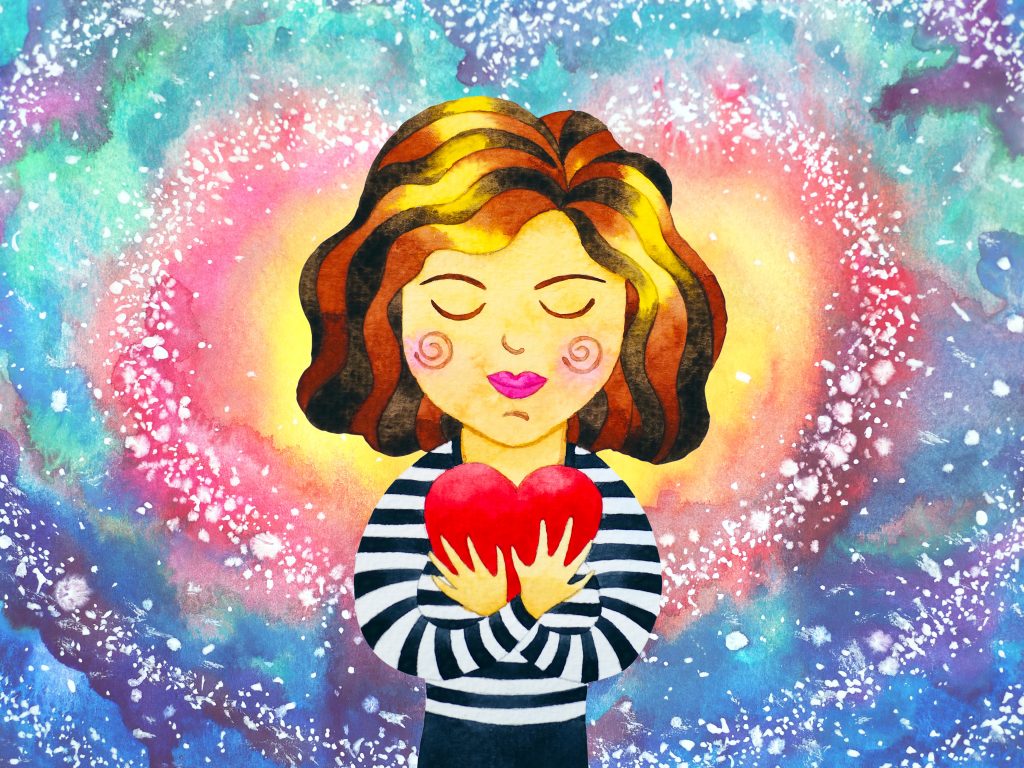WOMEN’S MENTAL HEALTH 
By: Kathy Simmons
March is Women’s History Month or National Women’s Month, and this seems an appropriate time to talk about women’s mental health. This month honoring women has been observed in the US since 1987. There have been and continue to be numerous achievements by women throughout the years. But today I want to look at the price that might have been paid for those and other achievements—in fact, the price that continues to be paid by many women in the present.
We live on the planet with at least seven different generations. In my research, of course, I found many differences in them, based on events, economics, social issues, and stressors of the times. Each generation has had its challenges and tragedies as well as its advancements and achievements. But one thing that seems to have remained fairly unchanged for women is mental health issues. Across the generations, they still contend with the effects of depression, anxiety, and other such matters that affect their lives daily.
Up until the second half of the 20th century, hysteria was a widely-used medical diagnosis only for women, although it did extend to men, as well, after WWII. In the 20th century, it began to be termed a psychological disorder. It is defined as a psychological disorder whose symptoms include conversion of psychological stress into physical symptoms (somatization), selective amnesia, shallow volatile emotions, and overdramatic or attention-seeking behavior. The term has a controversial history as it was formerly regarded as a disease specific to women. (Oxford Languages) Its history goes back to the ancient Egyptians and Greeks. The disorder had a long evolution from being called demon-possessed to sinfulness to madness. It was only in 1980 that the term was removed as a diagnosis from the DSM III (Diagnostic & Statistical Manual of Mental Disorders). (Science Daily, 2016) Today hysteria has been replaced by the conditions of depressive and anxiety neuroses or somatic symptom disorder. (verywellmind.com) Over the centuries, as medical knowledge has increased, mental symptoms have been more accurately defined and humanely treated. Still, to the present time, there is often a stigma that accompanies a mental health diagnosis.
Today, there are four mental health issues that are more evident with women than with men. Depression is the main mental health concern for women. They are twice as likely as men to have depression (12% vs 6%); anxiety and specific phobias (twice as likely as men to have panic disorder, generalized anxiety, and specific phobias); PTSD (twice as likely as men to develop after a traumatic event); suicide attempts (men die from suicide at 4 times the rate that women do, but women attempt suicide 2-3 times more often than men); and eating disorders.
Women’s symptoms are also different, often necessitating a different treatment. For example, a man who is depressed is likely to report job-related problems, while a woman is more likely to report physical symptoms and to develop problems with alcohol abuse within a few years of the onset of depression. Women are more likely to use religious and emotional outlets to offset the symptoms of depression compared to men, who often find relief through sports and other hobbies. (everydayhealth.com)
Why the Gender Differences?
The answers may lie in:
- Biological influences-female hormonal fluctuations are known to play a role in mood and depression.
- Socio-cultural influences—despite strides in gender equality, women still face challenges when it comes to socio-economic power, status, position, and dependence. According to psychiatry.org, women who are full-time workers earn about 25% less than their male counterparts in a given year for the same job and experience.
- Women are still the primary caregivers for children (65%), and it is estimated that they also provide 80% of all caregiving for chronically ill elders.
- Abuse and violence – Girls tend to become dissatisfied with their bodies at puberty, a reaction that is linked to depression. Girls are sexually abused more often than boys, and one in five women will experience rape or attempted rape, which can lead to depression and panic disorder. About one in three women have experienced sexual or physical violence, and/or stalking by an intimate partner in their lifetime.
- Poverty- the poverty rate for women aged 18-24 is 21.35% compared with 17.1% in men; women aged 25-34 is 14.29% compared to men at 8.98% (statista.com, 2019) (poverty threshold considered to be $31,661 in 2020. census.gov)
- Single-parent families – In 2020, 21% of children in the US were living in homes with the mother only; 4.5% were living in homes with the father only. Poverty often accompanies single parenthood.
- Major life transitions and negative life experiences occur in women that can contribute to depression and anxiety: pregnancy, motherhood, menopause, infertility, perinatal loss (miscarriage or stillbirth).
- Behavioral differences-there is some thinking that women are more apt to report mental health disturbances than are men and that doctors are more prone to diagnose a woman with depression and to treat the condition with mood-altering drugs. (psychiatry.org)
